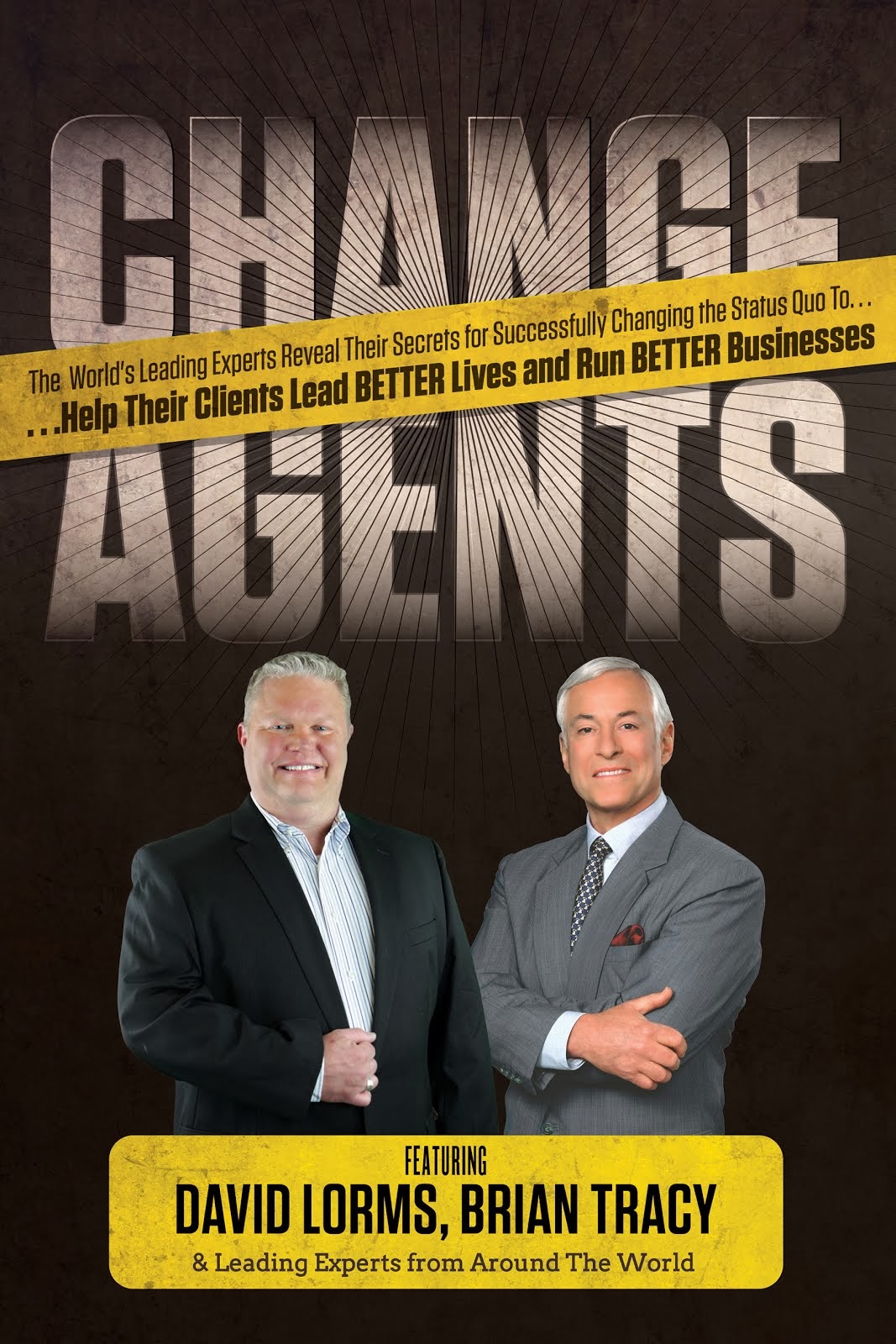
What you'll discover in this report:
How to make sure your family is really protected!
Cut through the confusing "insurance jargon" and know what a life insurance policy really says!
The different kinds of life insurance policies...what they're good for, when to use which one
Why smart consumers use life insurance...and the mistakes that other people make too often
...and much more!
How to protect your family if you die...
Life insurance is a simple concept -- you buy a policy that pays to your beneficiary or beneficiaries when you die -- but the decisions of what kind life insurance to purchase, how much of a death benefit and how much you pay are extremely complex.
* Note. There are more than 2,000 companies selling life insurance in this country. Some are very good, financially solid companies; others are not so sound. A company's financial strength is vitally important to you because, hopefully, no one is going to collect on your life insurance for a long time.
You want to make sure your life insurer will be around for the long haul. How do you do this? You can consult a seasoned insurance professional, which is probably your best bet, or you can look at how various independent organizations "rate" the life insurers you are considering. Ratings are like school grades, A+, A, A-, B+, etc. In general, it's wise to stick with companies that are rated A or better by most rating organizations.
Many Purposes for Life Insurance
Life insurance is far more than just a decision of how much to buy. Depending on your financial situation, life insurance can be used for a variety of purposes, such as:
estate planning
accumulating cash
transferring wealth
achieving estate tax liquidity.
Life insurance is like auto insurance in that you can buy a lot of it or not very much of it. Life insurance differs from auto insurance in that, depending on the type of policy you buy, you can pay a lot or a little for basically the same death benefit. Keep in mind, though, that the younger and healthier you are, the less you will pay for coverage. Life insurers like to have their policyholders around for a long, long time.
* Tip. So how much life insurance do you need? It depends. One common benchmark says your death benefit should be about six to eight times your annual earnings, but there are a variety of factors to consider:
Other income sources.
The size of your family. Whether your spouse works and his or her earning capacity now and in the future. The number of people who are financially dependent on you and for how long. The death benefits your family will receive from Social Security and any life insurance plan through your employer. And any special needs such as mortgages, college education funds and estate planning.
Make Sure Death Benefit Is Adequate
What kind of life insurance should you buy? That also depends. But keep this very important principle in mind:
* Tip. Whatever type of policy you buy, make sure it provides enough of a death benefit to meet your family's needs if you aren't there. When you consider buying life insurance, calculate what your family must have in terms of a death benefit. Don't lose sight of this number.
What kinds of life insurance policies are there? There are several, but keep in mind that the terms and costs of the policies vary widely among insurers.
There are two basic types:
term life, which is good for only a certain period of time, and,
cash-value, which is "permanent" insurance that also includes a buildup of value in cash in addition to your death benefit. You can borrow against your cash value. You can even take out some of that cash value, but your death benefit will be reduced.
What exactly is "cash value?" It's the part of a permanent life insurance policy not needed for so-called "mortality expenses." The greater your risk of dying, for whatever reason, in the near term, the greater your mortality expense to your insurer.
When young, healthy people buy life insurance, they have a very low mortality cost to their insurer (which is why life insurers are so willing to provide coverage to the young and healthy).
What You Need to Know about Term Life Insurance...
Term life policies provide coverage for specific periods of time, sometimes as little as one year. While you usually can renew term life policies for one or more terms even if your health has changed, there's potentially a big risk here if you get sick during the term.
* Tip. If your health does change, you probably won't be able to buy another term without watching your premium skyrocket. You should ask your insurer or agent what the premium will be if you continue to renew the policy.
* Note. You should also ask whether you will lose the right to renew the policy when you reach a certain age. Because this coverage is fairly cheap, it's often a good option for young people in good health who can't afford to buy "permanent" coverage.
Here are a couple of term life policy options:
Yearly Renewable Term Life -- This is coverage for a longer term, five, 10 or 20 years. The longer term also means that the costs to cover you are spread out so that you will avoid the potential for huge annual premium increases.
Convertible Term Life -- This is yearly renewable with the option to convert to a permanent policy in the future. The coverage, which often has the lowest cost and highest death benefit options of term insurance, can be a good choice for younger people who can't afford permanent coverage but who need a large death benefit and the option to convert to a permanent policy down the road.
What you need to know about Cash Value Life Insurance...
Cash-value life policies have premiums that are higher at the beginning than they would be for the same amount of term insurance.
The part of the premium not used to cover the yearly cost for mortality and other expenses is invested by the company and builds up a cash value that you may use in a variety of ways. Here are some specific examples of cash-value life insurance:
Whole (or Ordinary) Life -- Like other cash-value policies, this is permanent coverage. The cost is literally stretched out over your entire life, or what the insurance company expects your entire life period to be. Life insurers have tables that tell them how long, on average, someone of your age and physical health will live.
Say you want $500,000 in coverage. The insurance company's rates are based on how much they need to charge you in order to allow the company to recoup the eventual death benefit while you are alive. The premium and the death benefit don't change much in whole life policies. You pay so much a month for a given death benefit. However, dividends to policyholders can increase the coverage or decrease the premium.
Universal Life -- This is the flexible life insurance. You can change your premium and your death benefit at any time, although a substantial increase in the coverage usually requires you to prove you are still in good health.
Variable Life -- This is a hybrid whole/universal coverage in which the death benefit is dependent on the investment performance of the insurance company's assets. And you get to choose the investment vehicle -- money market fund, bond fund or stock fund -- for your premium.
* Note. If your investments do well, your policy's cash value and death benefit will increase. If not, they'll go down, but most variable life policies won't let your death benefit drop below a certain level. However, it's possible a company will charge you for a guaranteed death benefit.
Which type of policy is best for you? In general, if you have significant assets, it's better (and less risky) to have some sort of cash-value policy. But which one? It's more important to buy the coverage from an insurer that has the best chance of performing well in the future; an insurer that has low actual expenses and mortality costs. Such an insurer will be able to offer better terms, including higher death benefits, higher cash value and lower premiums.
* Tip. But, again, there are more than 2,000 companies selling life insurance in the United States. As a result, you have thousands and thousands of options. This makes it even more imperative that you have a trained insurance professional analyze your financial situation and determine what kind of policy, from which insurer, is best for you.







